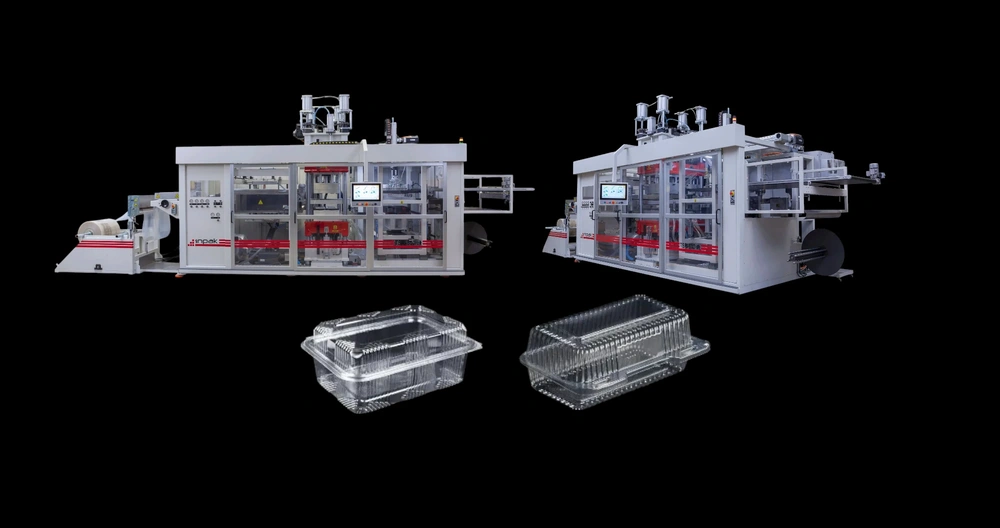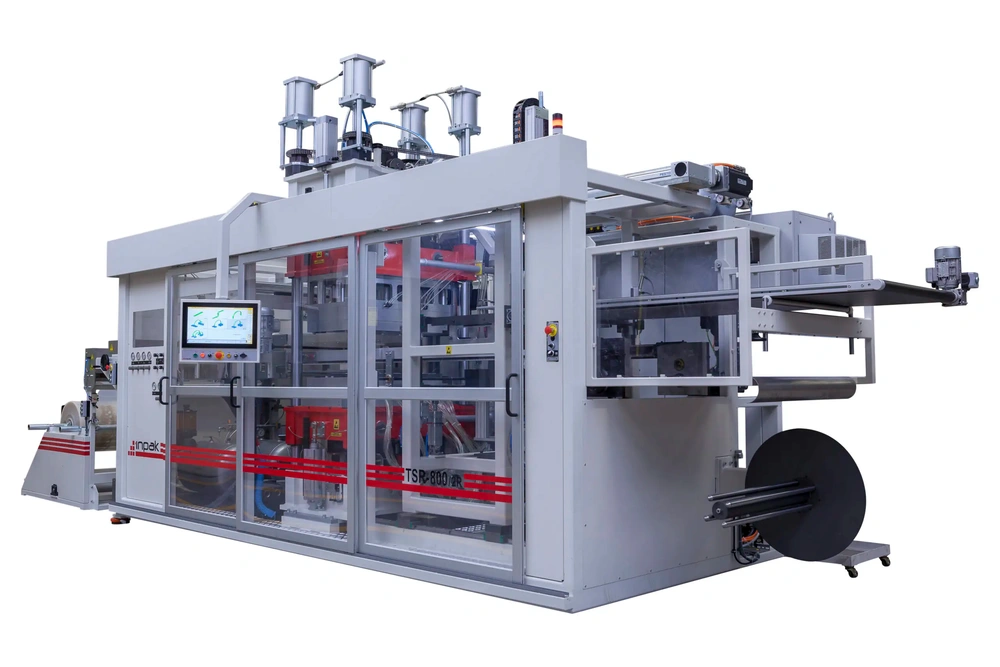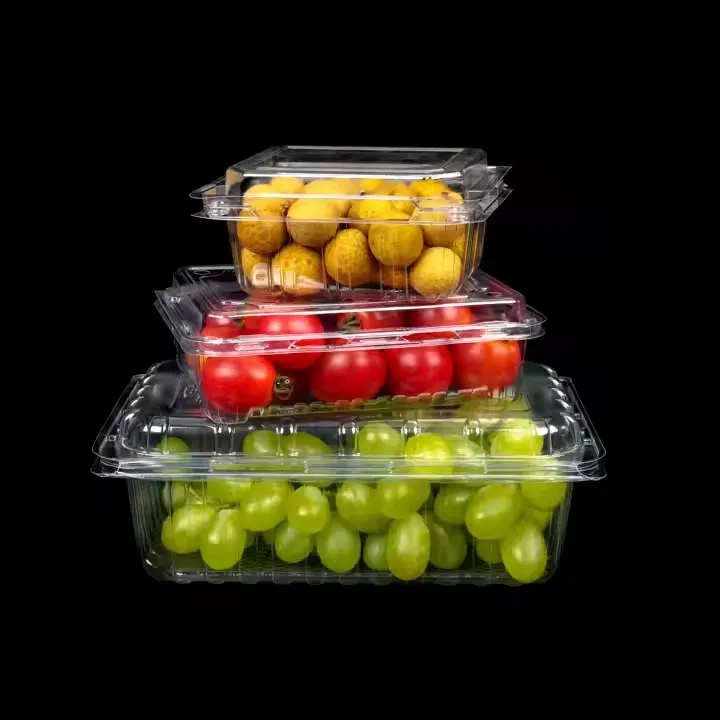How Does The Thermoforming Mold Design Process Work?
How does the thermoforming mold design process work? The thermoforming mold design process begins with the creation of a 3D model, which is essential for visualizing the product before any physical creation takes place. This model is typically designed using CAD software, allowing for precision and ease in making adjustments. The purpose of this design phase is to ensure the mold meets the exact specifications needed for the final product, including factors like shape, size, and texture.
Table of Contents
Once the design is complete, it is followed by the selection of appropriate materials for the mold. These materials need to withstand high temperatures and pressure while ensuring the final product’s quality. It’s important to note that thermoforming mold production heavily relies on precision to achieve desired results in packaging or other manufacturing processes.
The next step is prototype creation, where a test mold is produced to ensure that the design works correctly. After testing, any necessary adjustments are made before the final mold is produced. This iterative process guarantees that the mold will function as intended when it comes time for mass production, ensuring the highest quality results for both plastic packaging machines and food packaging machines. How does the thermoforming mold design process work?
How Does The Thermoforming Process Work?
Thermoforming involves heating a plastic sheet until it becomes soft and pliable, after which it is shaped into the desired form using a mold. The process typically involves placing the plastic sheet on top of the mold, then using either vacuum or pressure to force the plastic into the mold’s contours. Once the plastic has cooled, the mold is removed, leaving behind the formed plastic shape.
This technique is widely used for making plastic packaging machines that are capable of creating various packaging materials. The efficiency and adaptability of thermoforming allow it to serve diverse industries, including food and pharmaceutical packaging, as well as consumer goods. The thermoforming machine manufacturing process ensures that the machines are tailored for these applications, with design considerations aimed at optimizing production time and material usage.
When it comes to the machines themselves, thermoforming machine manufacturers focus on creating systems that can handle both simple and complex designs. These systems can produce packaging that not only protects the contents but is also cost-effective and sustainable. The use of high-quality materials and efficient systems in thermoforming machine production contributes to the growth of the packaging industry globally.
How Are Thermoforming Molds Made?
Thermoforming molds are typically crafted from materials such as aluminum, steel, or cast metal, depending on the production requirements. The mold’s design is crucial, as it needs to reflect the desired shape of the final product. After the initial design, the mold is either machined or cast to achieve the necessary precision.
The fabrication process involves multiple steps, including CNC machining, welding, and assembly, ensuring that the mold can handle high temperatures and the pressure exerted during the thermoforming process. Thermoforming machine manufacturers use these molds to ensure that each batch of packaging produced is consistent and meets the required standards. This precision is especially important in the food packaging machine industry, where the quality and safety of the products are critical.
The molds are subjected to rigorous testing to ensure their durability and performance in real-world conditions. Plastic packaging machine manufacturers typically conduct these tests to confirm that the mold can withstand repeated cycles of use without losing its effectiveness. The result is a mold that can be used to produce high-quality packaging that protects the contents and meets regulatory requirements.
What Is the Best Material for Thermoforming Molds?
The best material for thermoforming molds depends on the type of product being created, the intended production volume, and the required precision. Aluminum is often preferred for shorter production runs due to its ease of machining and lower cost. However, for longer production runs, steel is a more durable choice, offering greater strength and longevity.
In addition to aluminum and steel, composite materials are sometimes used for specific applications. These materials are designed to offer a combination of high strength, light weight, and heat resistance, making them ideal for certain high-performance plastic packaging machines. The choice of material can impact the mold’s ability to produce consistent products, especially when manufacturing products that need to meet exact specifications, such as food packaging machines.
Material selection is one of the most important factors when designing molds for thermoforming machine production. The right choice ensures that the molds can withstand the rigors of the thermoforming process while maintaining the desired shape and quality of the product. This consideration is vital for manufacturers to ensure that their products meet both durability standards and the expectations of the end user.
How Does a Thermoforming Mold Work?
A thermoforming mold works by applying heat and pressure to a plastic sheet until it becomes soft enough to be formed into the desired shape. Once the plastic is softened, the mold uses either vacuum or pressure to shape the material. The mold then cools, solidifying the plastic into its final form.
In this process, the mold itself must be designed with precision to ensure that the final product is uniform in thickness and shape. Variations in the mold can lead to defects in the finished product, which can be costly for manufacturers. The mold’s surface texture is also important, as it can affect the appearance and functionality of the final product, especially in applications like plastic packaging machines for food and other consumer products.
The success of a thermoforming mold depends on the quality of the materials used and the expertise of the designers who create it. Thermoforming mold manufacturers focus on ensuring that each mold is durable and capable of producing consistent products, allowing for efficient mass production in various sectors. Whether for plastic packaging machines or other applications, the mold is integral to the overall success of the thermoforming process.
Design Considerations for Thermoforming Mold
When designing a thermoforming mold, there are several key considerations to keep in mind. One of the most important factors is the mold’s cooling system. Proper cooling ensures that the plastic solidifies evenly and reduces the chances of defects. Additionally, the mold must be designed to allow for easy removal of the formed product once the process is complete.
Another consideration is the material and thickness of the mold. The mold must be capable of withstanding the high temperatures and pressures involved in the thermoforming process. Designers also need to account for the material’s thermal conductivity, as this can affect the speed and efficiency of the process. Thermoforming machine manufacturers often work closely with material experts to ensure that the mold design is optimal for the intended application.
Lastly, the complexity of the mold design plays a role in the final cost of production. While more complex designs can offer more detailed and unique products, they may require more time and resources to produce. For manufacturers of plastic packaging machines, balancing design complexity with cost efficiency is key to creating molds that meet both functional and budgetary requirements.
INPAK: The Strongest Brand in Thermoforming Machine Production in the Industry
INPAK stands as a leader in the field of thermoforming machine production. With years of experience and a commitment to innovation, INPAK has established itself as a trusted manufacturer of high-quality thermoforming equipment. Their machines are designed to meet the demands of various industries, including food packaging and plastic product manufacturing, ensuring that they provide reliable and efficient solutions for their clients.
As a prominent player in thermoforming machine manufacturing, INPAK focuses on creating machines that maximize production efficiency and material savings. Their products are built to perform in even the most demanding environments, offering solutions that support sustainable packaging practices. INPAK’s strong reputation in the industry stems from their dedication to providing plastic packaging machines that meet the evolving needs of modern manufacturing.
In addition to their advanced thermoforming machine production, INPAK’s commitment to customer satisfaction and continuous innovation ensures that their machines are at the forefront of the industry. Whether for food packaging machines or plastic packaging machines, INPAK’s equipment provides the reliability and precision that manufacturers need to stay competitive in a fast-paced global market.









